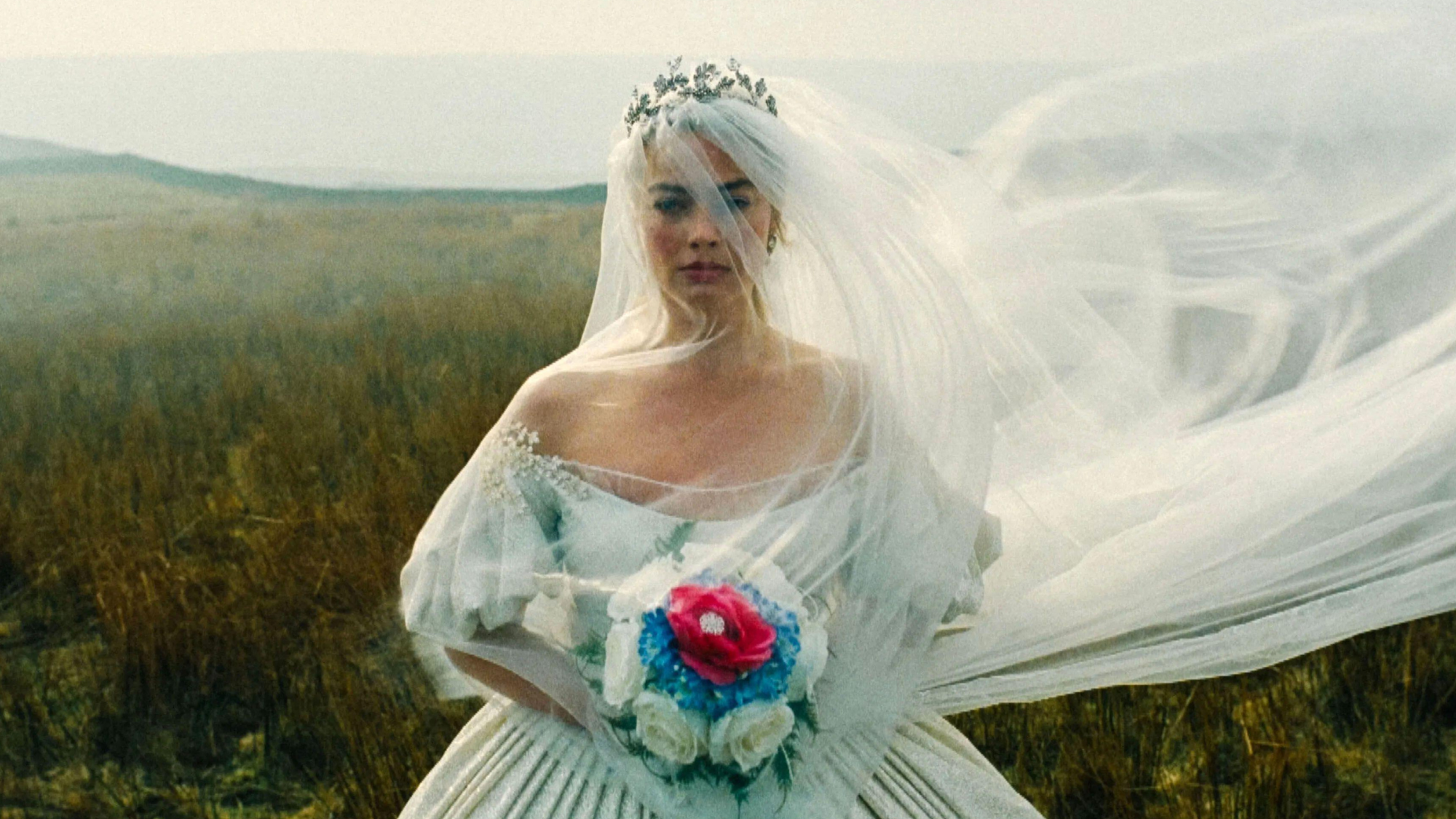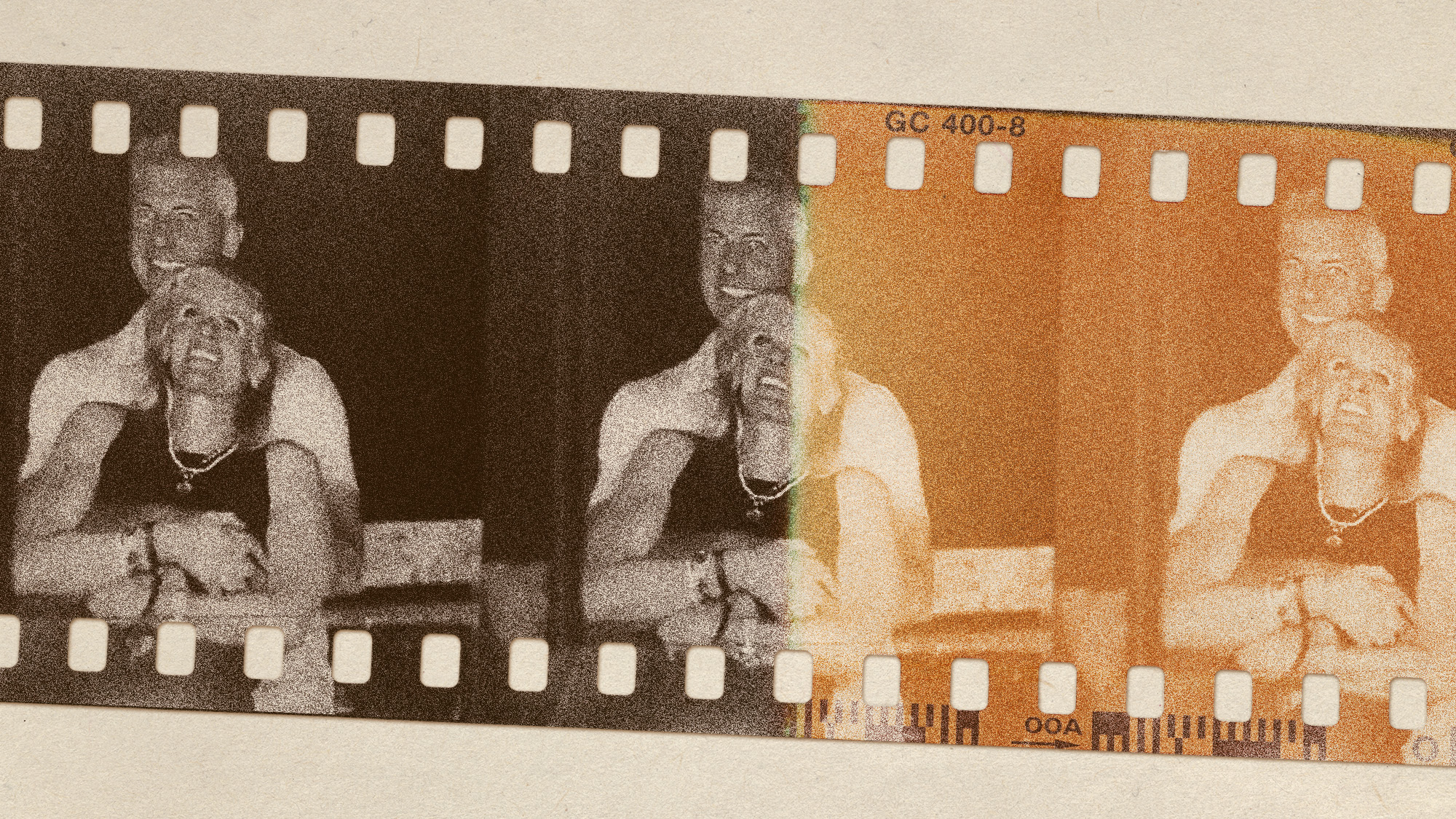The greatness of A Charlie Brown Christmas
It is one of America's greatest pieces of popular religious art


"There must be something wrong with me," Charlie Brown tells Linus near the beginning of the Peanuts Christmas special. This assumption, that the key to the universe lies somewhere in our own feelings of discontent, is in some sense a characteristically modern one. But this does not make it false.
"Men of other generations," Fulton Sheen wrote, "went to God from the order in the universe; the modern man goes to God through the disorder in himself." It is with an interrogation of the "invisible frustrations, complexes, and anxieties of his own personality" that our hero begins the greatest popular work of post-war American religious art. Every bit as much as the soon-to-be beatified host of Life is Worth Living, A Charlie Brown Christmas is apologetics for the atomic age, a gentle but unmistakable rebuke to the reductive psychologizing and hubristic materialism that posed a far greater threat to Christian belief than the Soviet Union. It is, if anything, more relevant now than when it first aired.
It proceeds with the narrative simplicity of a fable. Charlie Brown finds no cards waiting in his mailbox and concludes that nobody likes him. Walking dejectedly in the frozen gloom, he sees Lucy, who insists that his problem is fear, and rattles off a catalogue of increasingly absurd quasi-medical disorders before suggesting that perhaps he is simply afraid of everything.
The Week
Escape your echo chamber. Get the facts behind the news, plus analysis from multiple perspectives.

Sign up for The Week's Free Newsletters
From our morning news briefing to a weekly Good News Newsletter, get the best of The Week delivered directly to your inbox.
From our morning news briefing to a weekly Good News Newsletter, get the best of The Week delivered directly to your inbox.
Lucy's next suggestion is more practical. Isolation is the source of his despair, and in the hope of overcoming it he accepts her invitation to direct the school Christmas play. With hope in his heart he ignores his growing feelings of disgust as Lucy complains that no one has ever given her real estate for Christmas, his sister Sally asks him to dictate a lengthy list of requests to Santa Claus ("Please note the size and color of each item"), and even Snoopy turns his doghouse into a garish light display in response to an advertisement promising to reveal "the true meaning of Christmas."
But the play does not go as Charlie Brown hoped. Whatever the solution to his feelings of despair, it is not, at least in some blanket sense, other people. His friends ignore his direction, they laugh and dance and blithely prepare for a play featuring Lucy as a "Christmas Queen" before finally directing him to purchase a new tree for the production.
Having rejected medicalization and community as antidotes to his sadness, he settles upon consumption, which had previously filled him with loathing. Visiting the Christmas tree lot, he experiences the kind of quasi-transcendent feeling upon which consumer capitalism depends, an almost mystical sense that there is an inherent meaning in the act of making this purchase. But upon returning his choice of tree is mocked by his friends. "Isn't there anyone who knows what Christmas is all about?" he shouts.
Then in a scene so extraordinarily stark in its feeling that it is difficult to believe it was broadcast in 1965, much less only a few days ago on PBS, Linus appears and recites the following passage from St. Luke's Gospel:
A free daily email with the biggest news stories of the day – and the best features from TheWeek.com
And there were in the same country shepherds, abiding in the field, keeping watch over their flocks by night. And, lo, the angel of the Lord came upon them, and the glory of the Lord shone round about them: and they were sore afraid. And the angel said unto them, Fear not: for, behold, I bring you good tidings of great joy, which shall be to all people. For unto you is born this day in the City of David a Saviour, which is Christ the Lord. And this shall be a sign unto you: Ye shall find the babe wrapped in swaddling clothes, lying in a manger. And suddenly there was with the angel a multitude of the heavenly host, praising God, and saying, Glory to God in the highest, on earth peace, good will towards men.
"That's what Christmas is all about, Charlie Brown," Linus quietly declares, as if offering the solution to a not especially perplexing riddle. I find it difficult to view this sequence without weeping, especially when the voice of my 5-year-old daughter joins with his in innocent conviction.
There is a sense in which the program could end at this moment, with Charlie Brown smiling and walking out into the night. But all things must be reconciled. He makes a final pass at decorating his pathetic tree before throwing up his hands, nearly succumbing once more to the darkness around him. Suddenly we hear voices humming. There are lights. Fear is abated. The community which he had rejected has been reconstituted, not as objects of dread or fellow consumers but as a society of believers, proclaiming with the angels the birth of a child.
Matthew Walther is a national correspondent at The Week. His work has also appeared in First Things, The Spectator of London, The Catholic Herald, National Review, and other publications. He is currently writing a biography of the Rev. Montague Summers. He is also a Robert Novak Journalism Fellow.
-
 What have Trump’s Mar-a-Lago summits achieved?
What have Trump’s Mar-a-Lago summits achieved?Today’s big question Zelenskyy and Netanyahu meet the president in his Palm Beach ‘Winter White House’
-
 The most anticipated movies of 2026
The most anticipated movies of 2026The Week Recommends If the trailers are anything to go by, film buffs are in for a treat
-
 The biggest viral moments of 2025
The biggest viral moments of 2025In the Spotlight From the Coldplay concert kiss cam to a celebrity space mission, these are some of the craziest, and most unexpected, things to happen this year
